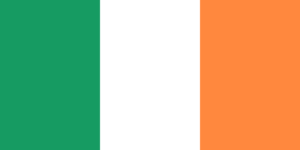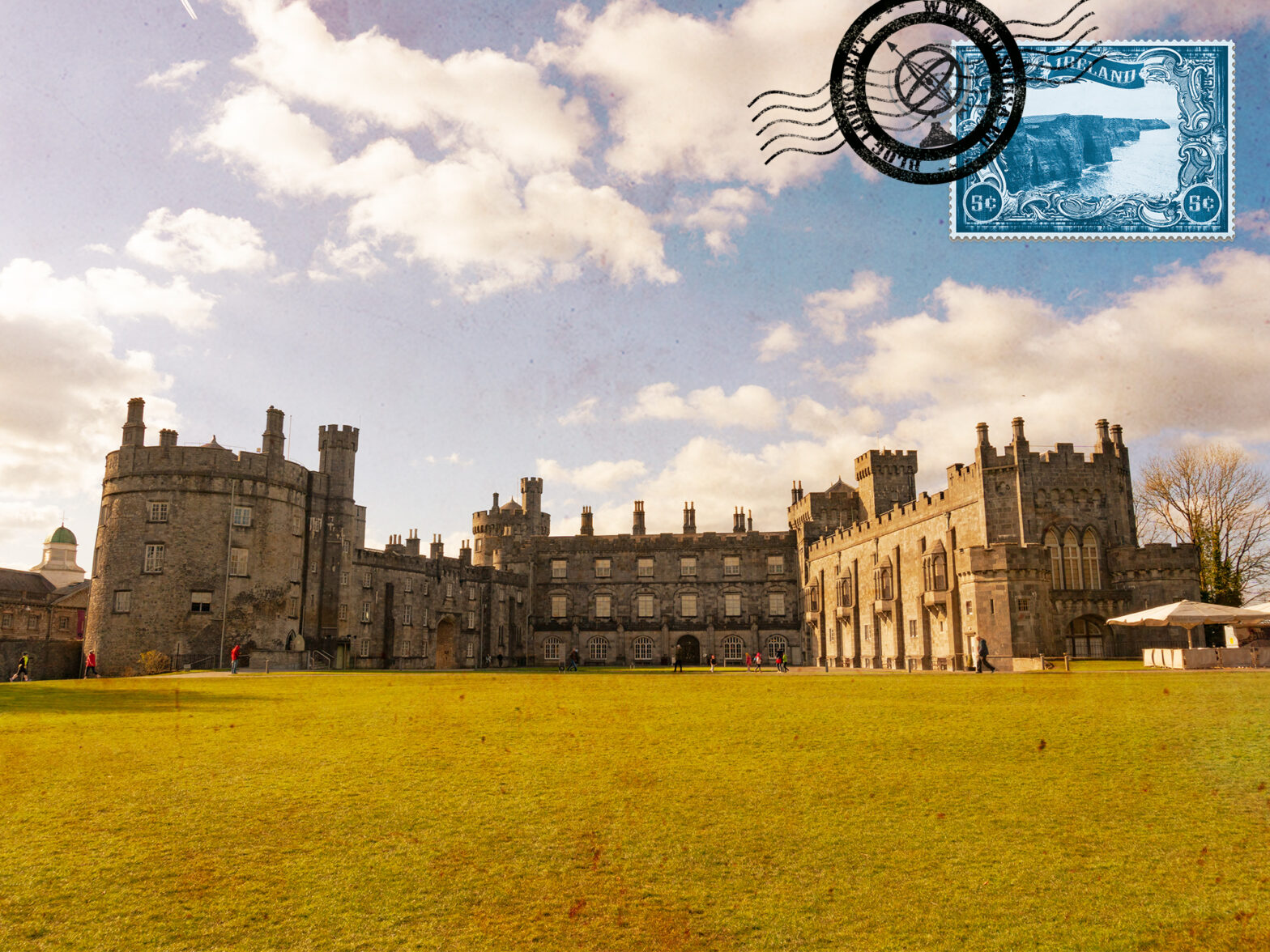Let’s start by answering a question that some of you might be asking right now. Why bothering to specify that this is a Republic in the title? Because Ireland is an island divided by two countries. The Republic of Ireland, to which this article is dedicated, and Northern Ireland which is part of the United Kingdom.
The history of this division is quite messy, and it dates back from a long long time, with some tales mixing up with history. Though, it is something that it is important for those who intend to visit the island. In most of the island the currency being used is euros, though, in northern part they use the british pound… Some details that can make a difference and save a few cents…

Capital: Dublin
Official language: Irish
Currency: Euro [ € ]
Time zone: IST / GMT (same as Portugal)
Total area: 70 273 km2
Population: 4 857 000
Driving: on the left
Climate: atlantic temperatures, hot summers with much colder winters, with temperatures reaching 0ºC. Springs and Autumns with moderated temperatures, with rain all year round.
A bit of Ireland’s history
This country’s history dates from a few thousand years, and a lot based on clans or small nations. There are a few Neolithic sites all over the island. The Pounabrone Dolmen and Newgrange tomb are the most important ones.
The Newgrange tomb is very popular on Winter Solstice day. On that day the sol gets directly through the main door and lights up the main chamber.
The kingdoms and clans
With time, some groups or small nations of people started gathering and some clans started to form. And thereafter some clans got together and formed kingdoms. Even though Ireland is a small island, at some point in time it was divided in 9 kingdoms. They were often invaded and pillaged by other people, mostly the Vikings and the normans. During these invasions also happened a lot of slavery trades, mostly to Africa. Some cities ended up being totally destroyed. Like Baltimore, in the south of Ireland.
Two islands under the same crown
Since mid XVI century that Ireland became under control of the English crown, but not as part of an union. That lead to constant wars and acts of rebellion, and more slavery trading. This time by the english.
The irish were considered as savages by the english. The prisoners were sent as slaves to the Caribbean or to Australia. Back then Australia was like a massive prison. Most of the inhabitants were convicts by the english crown.
By the beginning of the XIX century it was declared the union of the United Kingdom of Great Britain and Ireland. Which would supposedly end the religious discrimination between protestants and catholics. However that never happened, since the catholics had very few or close to non voting power.
The Great Famine and the Mass Immigration
One of the most tragic events of Ireland’s history happened in mid XIX century. The Great Famine, that happened because of a potato blight, which was responsible for a drop of almost half of Ireland’s population. From about 8 million people, it dropped to nearly 4 million. Because of the Great Famine, a lot of people also immigrated. That also contributed considerably to the drop of population in the island.
The Declaration of Independence
This constant discrimination and inequality lead to even more dissatisfaction and rebellions. In 1921 the island was devided in two parts as two distinct districts. Northern Ireland and Southern Ireland, both still part of the United Kingdom. The following years, with the Independence War, the Southern Ireland declared itself independent. Becoming a republic.

Some curiosities about Ireland
- The irish drink in average 131,1 liters of beer per year. Behind only the Czechia.
- The three most-known symbols are the shamrock, the harp and the Celtic cross.
- The Halloween has its origins in pagan celtic traditions. It used to be a harvest festival that celebrated the end of Summer on the 31st of October. It ended up to become associated with the All Saints Day, 1st of November. Times passed and slowly became integrated as Halloween. The “Halloween” name came from the expression “All hallows eve”, due to the 1st of November.
- The ancestral irish language is the Gaelic. Though, nowadays only about 380 000 consider themselves as fluent.
- Several irish surnames start by “O’” or “Mac”. Which mean “Son of” or “Grandson of” respectively.
- Ireland won 7 times the Eurovision festival, being the country with more victories until now.
- There are no snakes in Ireland. And being an island, there aren’t other animals that are common in Europe mainland. Like moles, weasels and ferrets.
- The second highest cliffs in Europe can be found in Ireland, on the Achill island, with a hight of 688 meters. The highest ones are in the Faroe Islands.
- One of the oldest lighthouses in Ireland still in operation – maybe even in the world – is in the county of Wexford. It was built in 1172 or 1245. However, the first lighthouse in the same place was built in the V century.
- The Port of Cork is the second biggest natural port in the world by navigational area. However this title is being contested by the ports of Halifax in Canada and Poole in England.
- There are approximately 80 million people with irish ancestry living outside Ireland. This is about 14 times the population of the country.
When is the best time to visit Ireland?
Any time of the year is a good time to visit Ireland. However summer months are more popular. And therefore, also higher prices. In Winter the cold, rain and shorter days decrease the chances of enjoying properly the days os holidays. Though, there isn’t a perfect month to visit the country. Luck ends up being an important factor, which is probably why the shamrock is one of the country’s symbols.
The best months to visit Ireland
The weather in Ireland is quite unpredictable, but rarely to the extreme. Even during Winter it isn’t common to reach negative temperatures. All year round it’s possible to have some really nice sunny days. Or a rainy day to stay at home cozy wrapped on a blanket.
Basically, be prepared for the rain. The suggestion I have is to be prepared for a constant Spring or Autumn, regardless of the time of the year.
Due to Ireland’s geographic location, the summer months are excellent to visit the country. At the north of Ireland you can even have sunlight until 11 pm. On the other hand, during Winter it’s night at 4pm…
The worse time to visit Ireland
There isn’t a time of the year that I would rate as “really bad”. Even during winter one can visit really beautiful areas. But there are a few things to take into consideration.
During summer there are loads of tourists. It’s common to have fully booked accommodation in some small towns, and much more expensive. Flights to Ireland also are more pricy during Summer. The same applies to rent-a-cars, tours, etc.
Even though Ireland doesn’t have harsh Winters, the cold is still a factor to take into consideration. The days are shorter too. You’ll experience long nights of over 12 hours, and during the fewer hours of sunlight you might also experience some rain.
Regarding bank holidays, in Ireland they are almost always on Mondays. With a few exceptions, like Saint Patrick’s Day, Christmas, Saint Stevan and New Years. This said, you should take this into consideration when booking your holidays. Even during low season, if you travel on a long weekend (in Ireland), the hotels might also be fully booked…



Leave a Reply